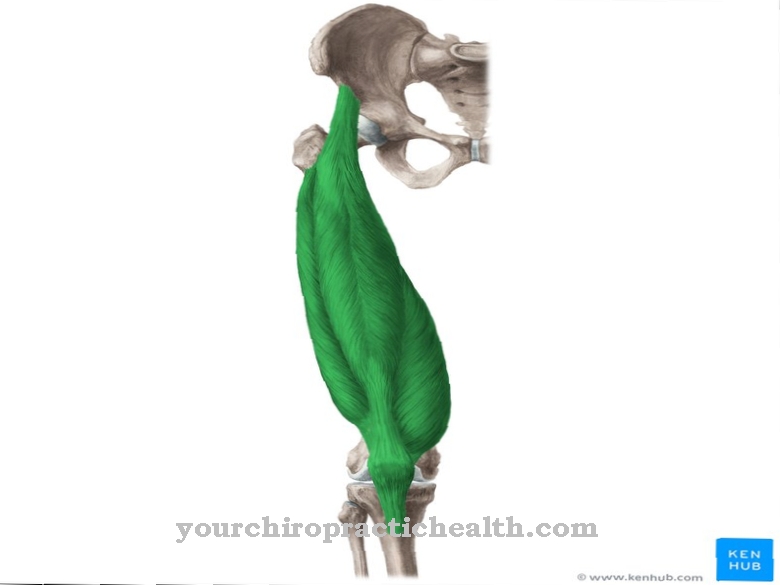Of the Operating table is one of the most important utensils in the operating room. Surgical intervention is carried out on the patient on it.
What is the operating table?

'Operating table' or Operating table is the medical term for a special table on which the patient lies during a surgical procedure. It is used for the special positioning of the patient and offers the surgeon optimal conditions for performing an operation. It is suitable for a wide variety of interventions.
Until the 19th century it was common to operate patients in bed. Due to the increasing special requirements of surgical interventions, however, medicine has moved from the sick bed to a special table that is oriented towards the joints of humans. It was not possible to keep the patient stable in a bed. In addition, the working height turned out to be unsatisfactory.
Shapes, types & types
Operating tables are available in different designs, depending on the respective specialist area. In addition, the tables can be adjusted hydraulically and are suitable for different weight classes. Some operating tables can carry a weight of up to 500 kilograms.
The operating table is the focal point of the operating room. The allocation of other medical equipment such as operating theater lights, ceiling mounts, surgical microscopes, air-conditioned ceilings or telemedicine equipment depends on the location of the operating table.
In the early days, the operating tables were made of wood. It was not until the end of the 19th century that they were equipped with steel and castors, which gave them mobility. From 1890, the first adjustable and segmented operating table was used, with which the surgical positioning developed by Friedrich Trendelenburg (1844-1924) could be performed. This made this type of storage possible without the help of an assistant.
Nowadays the operating tables can be adjusted and moved by electronic remote control. For this purpose, the lying surface of the table is divided into several segments. These can be set independently. Some modern variants also enable even more patient-friendly storage, as they can be moved in all directions using direction-lockable double swivel castors.
Some operating tables are designed for special interventions such as endoscopy or gynecology. The head end can also be lowered or raised, the height can be adjusted and the table can be rotated. There are also special operating tables for children. They are adapted to their small body size and can be operated while seated. The gynecological chair and the dentist's chair have similarities with the operating table.
Structure & functionality
The structure of an operating table consists of a lying surface, which is located on a mobile carriage. During the operation, the table is attached to a column in the middle of the operating room. The various adjustment options, which can be done manually, electromechanically or electrohydraulically, make it possible to set up the table in such a way that the patient can be positioned appropriately for treatment.
In order to counteract positional damage to the anesthetized patient during the operation, e.g. pressure ulcers, the operating table has gel cushions or mats. So that the patient cannot fall off the table during the procedure, he or she is held in place with straps with Velcro fasteners or straps.
An operating table also consists of numerous accessories. These include a. Armrests, head shells, split leg plates, a rechargeable battery, collection container, arthroscopy leg holders, foot switches, holders for remote controls, supports, push handles, hand tables and paper roll holders.
Depending on requirements, the equipment of the operating table can be easily adapted to the procedure to be performed. For example, there is the option of attaching a retractor system to the rail of the table, which is used to keep the surgical field open. There are also other aids such as the so-called Ulmer wheel. With this instrument, leads and supply lines for anesthesia management or monitoring can be securely fixed.
Since an operating table is one of the medical products, corresponding legal regulations apply to its equipment. This includes u. a. the resistance of the material to disinfectants and other liquids. Ideally, the operating table can be disinfected in a decontamination machine. Electrical safety also plays an important role, for example in defibrillation and electrosurgery.
If the patient is very overweight, the operating table must be able to withstand the heavy weight. It is also important that the lying surface is transparent to x-rays in order to ensure x-ray controls during the procedure. In addition, the operating table can be electrically heated so that the patient does not get cold during the operation.
Medical & health benefits
Over the years, operating tables have become increasingly important in medicine. Because of their special requirements, the surgical interventions on these tables can be carried out much better than in a hospital bed. Hydraulic operating tables were also used from the early 20th century. Electric motors followed in the late 1950s. The fixed column system has been used in an operating theater since the 1960s, making it easier for the patient to move around. Even high-tech products controlled by microprocessors are currently in use.
The risk of storage damage can be effectively minimized with the help of gel pads or SFC pads with a viscoelastic foam core. The mobility of the operating table contributes to the problem-free transport of the patient from the bed to the anesthesia.
The operating table enables patient-friendly positioning, through which the surgeon can perform optimal treatment. In this way, both the patient and the doctor ultimately benefit from this medical device.



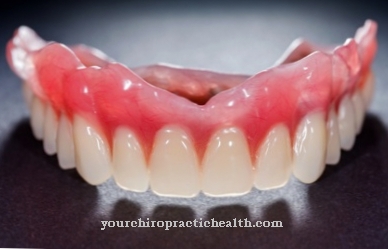
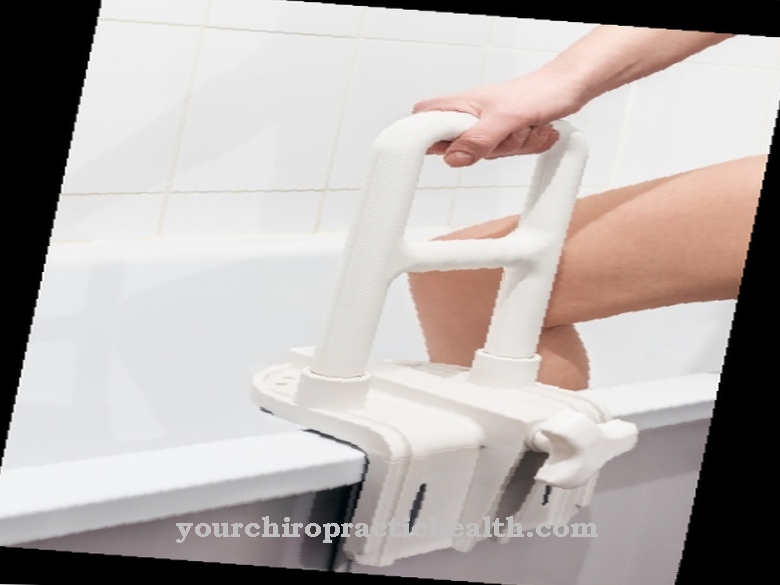

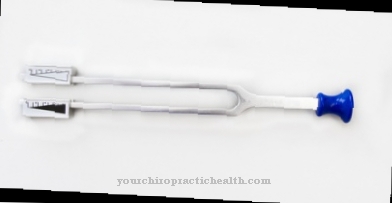












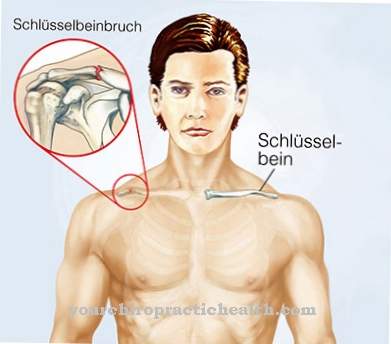






.jpg)
